 By Brian Brennan
By Brian Brennan 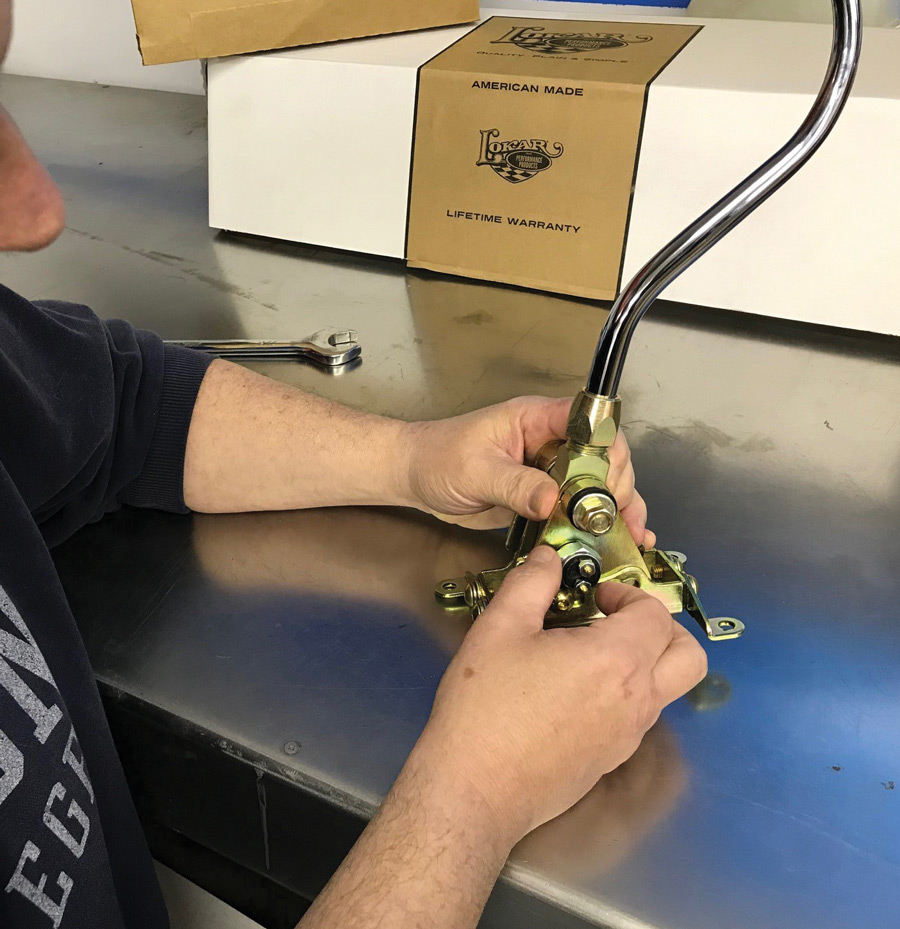

 By Brian Brennan
By Brian Brennan t’s not much of an accessory, it’s relatively inexpensive, it’s simple to install, and it’s one of those things you really shouldn’t live without. Not having one could cost you a great deal. The Neutral Safety Switch (NSS) is something that every hot rod should include, and for good reason. If you have ever driven a hot rod without an NSS you understand what can happen should you forget to go through your “pre-start checklist.” I have seen firsthand the damage and injury that can be caused when there isn’t an NSS within a car’s starting sequence. I have seen beautiful hot rods rearrange cinder block, jump off the ramps on a trailer, and, worst of all, an innocent bystander severely injured. You never want to be responsible for something like this—you will always remember your lapse in good judgment. We checked in with American Autowire, Bowler Performance Transmissions, and Lokar Performance Products to gather some info on the NSS.
Otherwise, the electrical pathway is open and no current can pass. On an automatic transmission, the switch can be internal or oftentimes mounted to the side of the transmission itself, connected to the shift linkage. This is what tells the NSS when the proper conditions are met and to send current.
However, this only works if the trans is in Park or Neutral. Basically, the NSS allows you to start your hot rod in either Park or Neutral when using an automatic transmission. On manual transmissions there’s a switch with a similar function on the clutch pedal, called the clutch safety switch. This ensures that a manual transmission hot rod can’t be started unless the clutch pedal is depressed.
First thing to check when looking for a bad NSS is a “neutral ground.” If your engine starts either in Park but not Neutral or the other way around odds are the switch is bad. Also, if it starts in any of the gears then the switch could also be the dilemma. Another quick check is to wiggle or slightly move the shifter to get the engine to start. In all of these situations get the switch replaced quickly.
A malfunctioning NSS is oftentimes the result of the switch being out of adjustment. (Lokar has explicit instructions, available online on how to set up or check an NSS.) Lokar recommends you check the function of the NSS by testing for continuity by connecting an ohmmeter lead to each stud on the NSS. When adjusted correctly, you will only have continuity between the two switch studs when the shifter lever is in Park or Neutral.
It may be the simplest and one of the least-expensive projects you will perform on your hot rod but you do not want to skip it, take a shortcut, or do an improper installation. This could turn out to be the most expensive and disheartening project that you will ever have to do a second time!
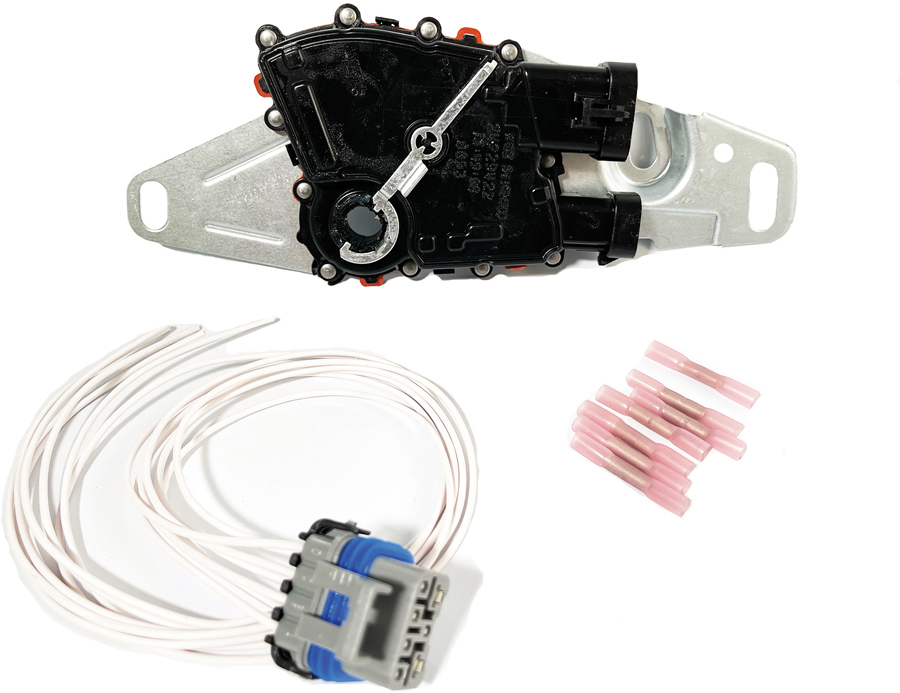
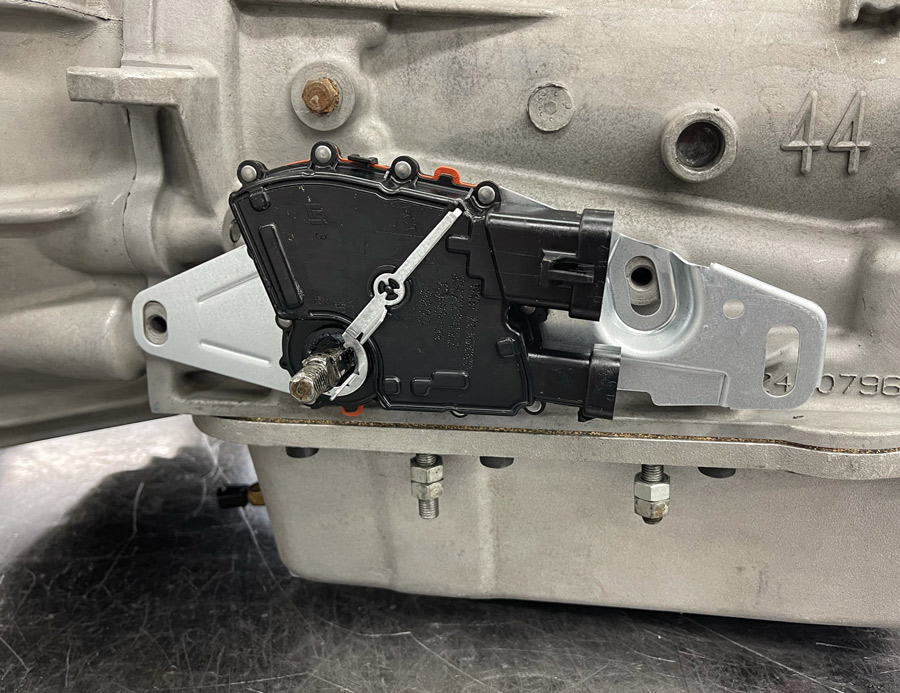
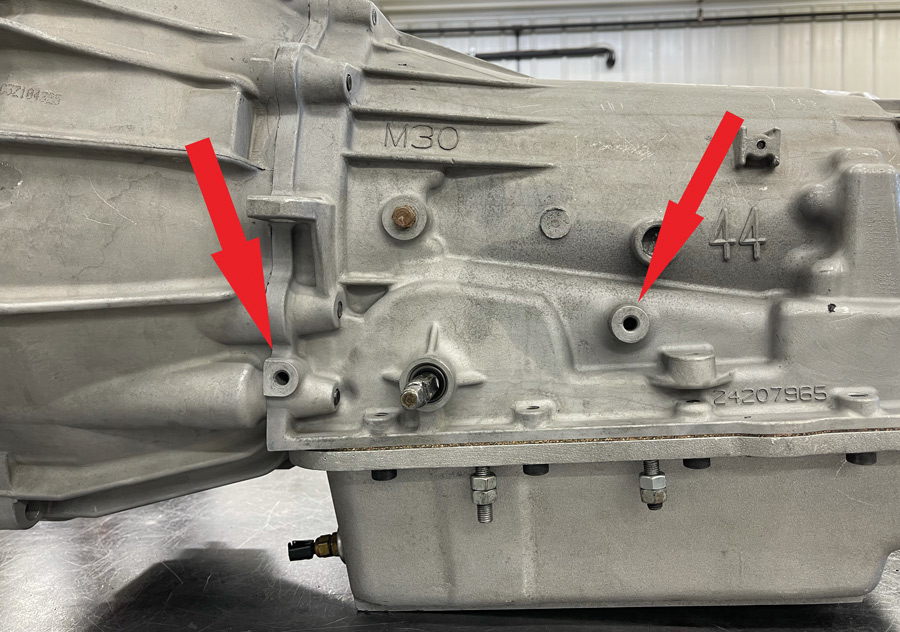

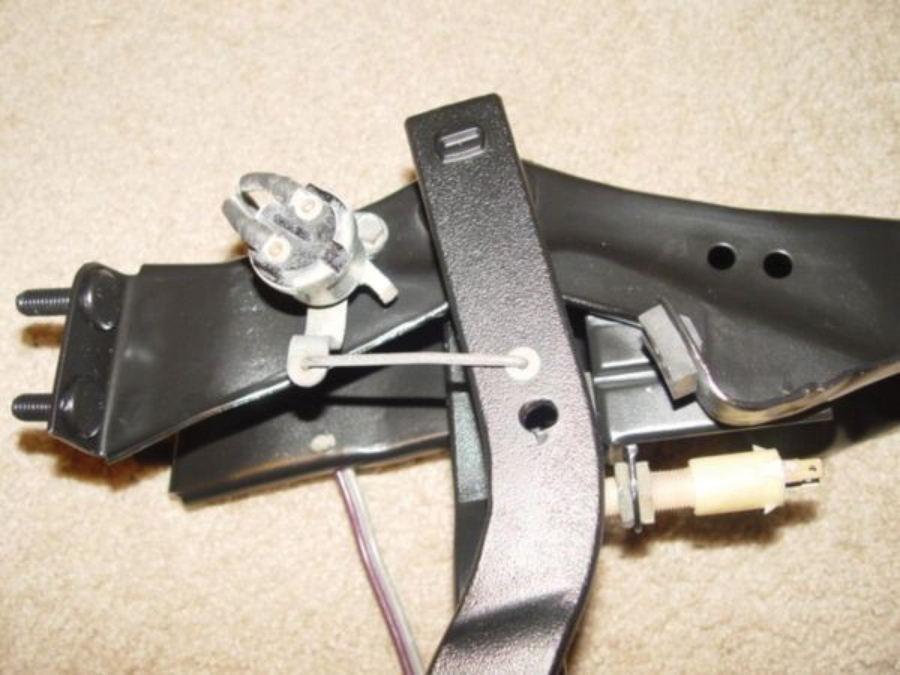
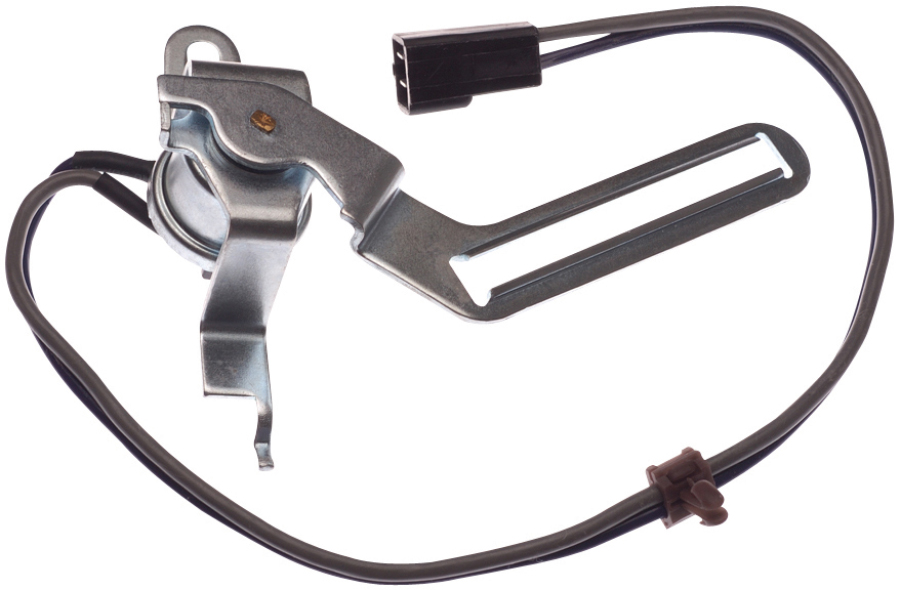
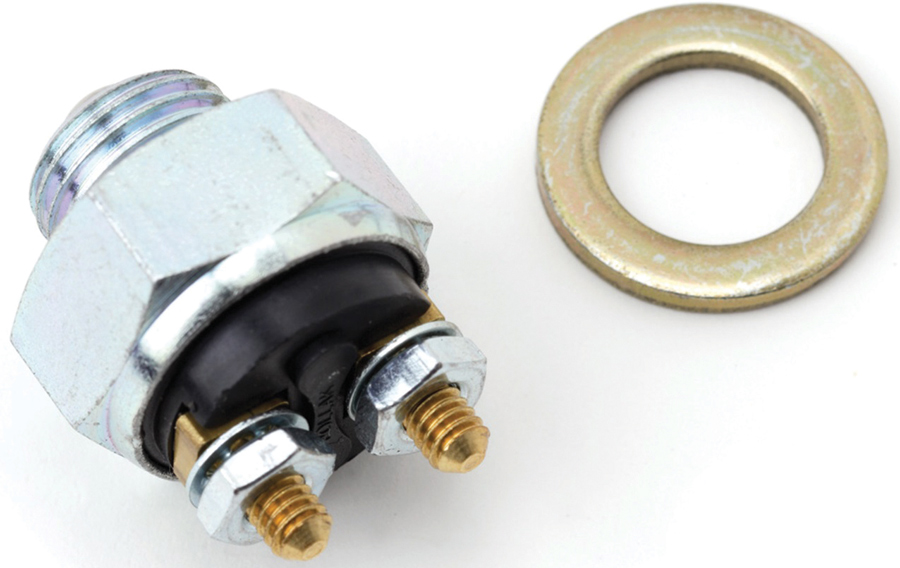
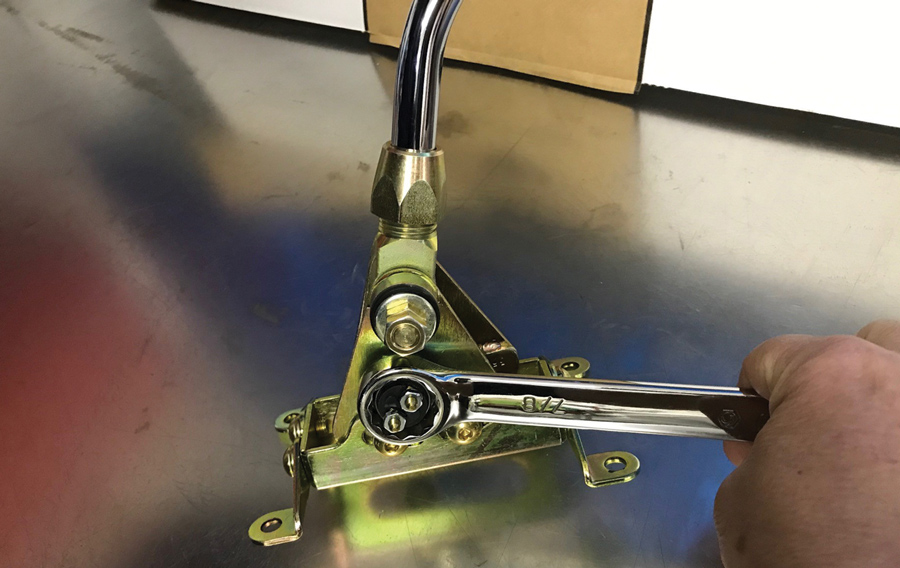
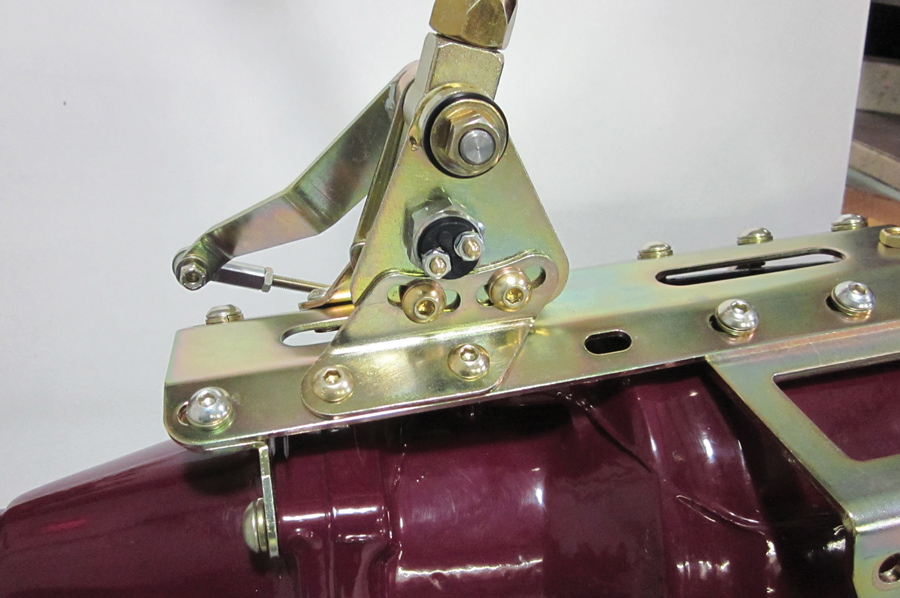
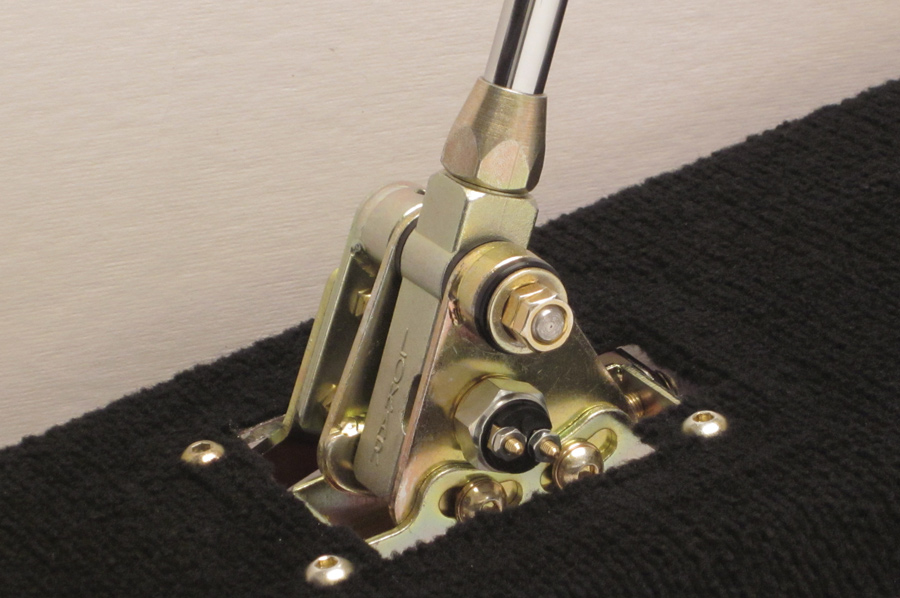
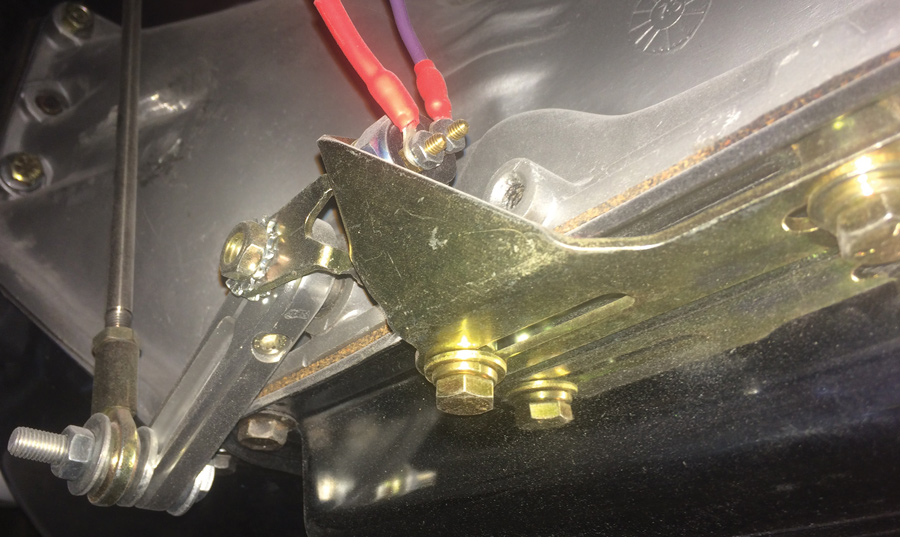
 SOURCES
SOURCES